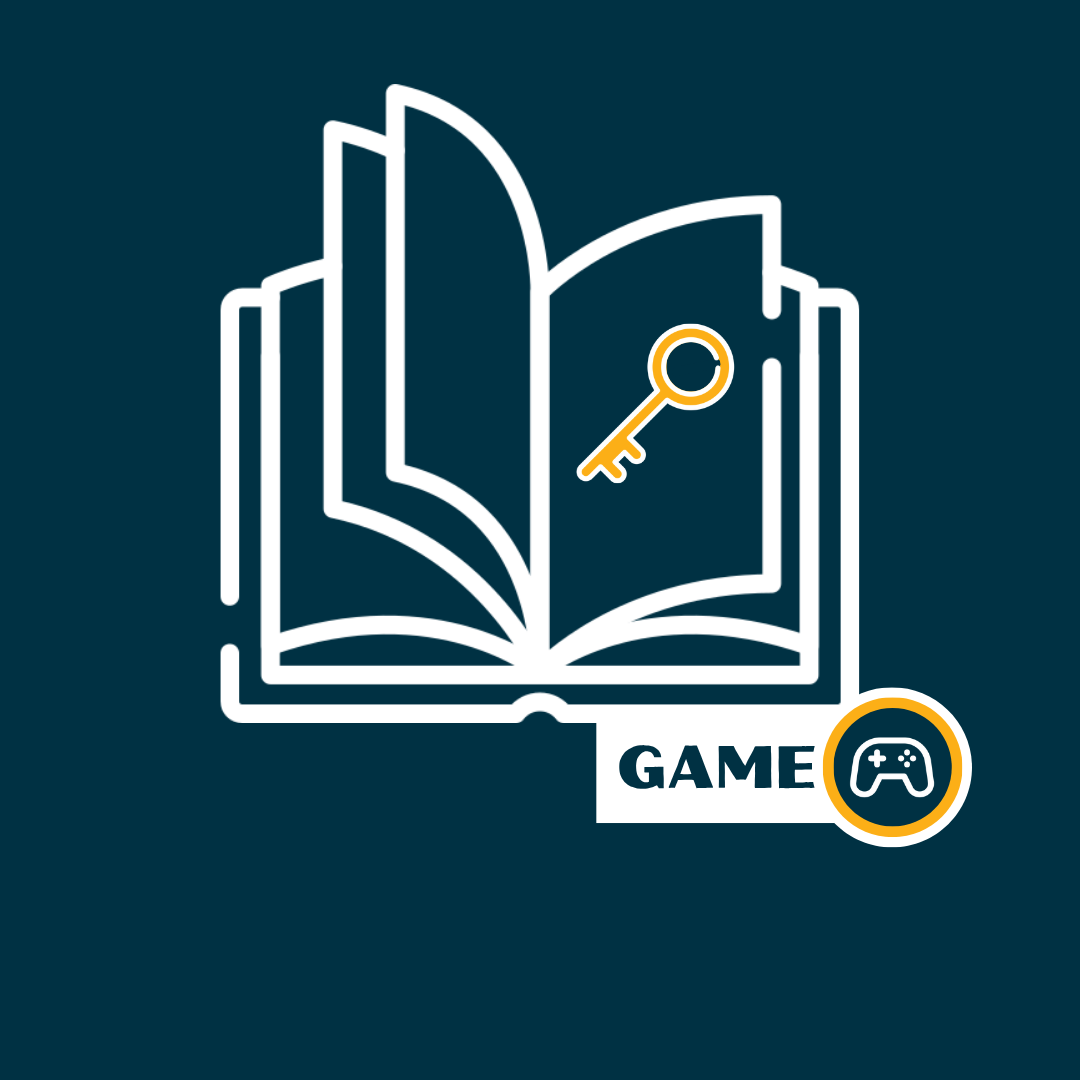Happiness Poetics
The poet need not always be despondent.

An unexpected, innocent question from one of her students launched Brittany Olson into an exploration of why poetry, and the literary life generally, seemed to be more associated with despondency and negative emotion. She discerned a few principles that have given poems a certain uplifting quality in her experience. She calls them "Happy Poems" and lays out her findings below.
Art by Livy Guard
***
In one of the blurry Spring semesters after the pandemic, I was teaching my second “Introduction to Creative Writing” course at UNC Charlotte. We were well past awkward ice-breakers, finally falling into that special rhythm of connection I’ve only found in the creative writing classroom.
The students rolled in one morning with waves of laughter or tired sighs. It was week five of the poetry unit and just as we were preparing to start flash fiction a student asked me why there aren’t more happy poems.
I was taken aback. I told the student I didn’t have a good answer for him and that I’d have to think about his question for a while longer.
My instinct immediately after class, of course, was to remedy my poetry unit at once. Teach more poems by Mary Oliver and Emily Dickinson. I added quotes from Wendy Cope’s “The Orange” into my syllabus so that future students wouldn’t equate creative writing with the study and emulation of sadness.
I re-read portfolio poems of my past classes and realized that out of my 50 students only 4 or 5 of them wrote poems exploring themes of joy, hope, or pleasure. Most considered the darker sides of mental illnesses, violent politics, the inevitabilities of climate change, school shootings, family trauma and abuse, discrimination they’d faced, failed relationships, and other serious topics. All of these poems brought me close to my students inner-worlds and made for vulnerable and deeply empathetic poetry workshops.
Still, out of all of my inevitable shortcomings as a second-year teacher, the one that haunts me the most was my failure to address this question. Since hearing that student’s question, I’ve spent countless hours pondering the meaning of the words “happy poem.”
What makes a poem happy? Maggie Smith’s “Good Bones” is objectively happy despite the fact that it houses lines like: “[f]or every bird there is a stone thrown at a bird. / For every loved child, a child broken, bagged, / sunk in a lake.”
I’ve searched and read countless poems labeled “happy poems,” “poems about hope,” “pleasure poems,” and so on. I quickly realized that the happy poem requires a particular craft, and a set of practices worth exploring for every person, poet or not, and especially for those of us who are educators.
***
Not long after my student asked me about happy poems, I was waiting in line to shake hands with Jericho Brown. I had my copy of The Tradition, hard loved and dog-eared, clutched in my hands. Jericho had just taught a masterclass on “The Duplex,” a poetic form he created, and had graciously agreed to sign some books and answer questions before his flight home to Atlanta.
What I’d learned during Jericho’s class—apart from the invaluable poetic wisdom I gleaned from his lecture—was that Jericho is an exceptionally warm person. His enormous laugh and quick wit create a comfortable intimacy wherever he gathers. Perhaps this was why I felt comfortable asking him an unanswerable question.
As he gracefully signed my book I gave him the spark-notes version of my student’s inquiry. He smiled like this was a story he’d heard before and laughed when I asked him what the happiest poem he’d ever read was.
“Now, that’s not fair!” he said.
I peeked down at his signature in my book:
For britt— Joy!
I was dizzied by this response. He told me to read some poems by Lucille Clifton and Natasha Trethewey, and wished me the best.
No more than a month later I attended a reading by the poet laureate Ada Limón for her anthology You Are Here. Limón unveiled a picnic table in the Great Smoky Mountain National Park which is engraved with Clifton’s poem “the earth is a living thing”:

I pored over Tretheway’s collection “Native Guard” and began to consider how many of the happiest poems I’d read myself were closely associated with the natural world. These poems were ecocentric in more ways than they were anthropocentric. They were environmentalist in theme or in mood.
Not to be confused with the pastoral tradition, these “happy poems” with roots in nature turned towards the histories of Black, Indigenous, and other people of color, especially women in these underrepresented groups, and the environment. These happy poems witness the wonders of nature without turning away from dangers imposed upon both the environment and the bodies within it.
***
Happy Poems are not necessarily ecopoems, but they are commonly attentive to the universal “more-than-self.” Meaning, while the most morose poetry borders on self-obsession, it seems the happiest poems reflect on more universal themes of nature, justice, community, and spirituality. The primary requirement for the happy poem is that it employs these themes in order to connect the reader to the world around them:
Nature
To allow readers to truly slow down and be mindful, the “happy poem” uses themes of nature to connect readers to the earth and their bodies. In Ross Gay’s poem “Thank you,” we see how lines like “curl your toes / into the grass, watch the cloud / ascending from your lips” beget moments of thankful surrender. The reader is invited to imagine their feet entangled in the grass and throughout the poem they must consider the scale of the human body contrasted with the earth.

Community
Many of the happiest poems also ask readers to consider the infinite ways they are connected to the people around them. In Danusha Laméris’s poem “Small Kindnesses” from The Path to Kindness: Poems of Connection and Joy, she reflects on the human capacity for altruism and our desire to be seen by one another.

Justice
Importantly, unlike much of contemporary entertainment media’s tendency to overindulge in graphic violence and sentimentalize collective trauma, “happy poems” lean in, turn towards, and manage the delicate balance between honesty and brutality. The happy poem rejoices in mindfulness and refuses romanticism. Amanda Gorman’s poem “In This Place (An American Lyric),” written for the inaugural reading of Poet Laureate Tracy K. Smith at the Library of Congress (poets.org), is also a poem of connection.
When Gorman writes “a poet in every American / who rewrites this nation, who tells / a story worthy of being told on this minnow of an earth” the poem acknowledges the complex history of America and simultaneously connects to readers by offering them the chance to see themselves as autonomous in the face of their own histories, no matter how challenging. The reader takes on the persona of the poet who is empowered to rewrite stories they do not believe in, to hope.

Spirituality
Finally, “happy poems” are not the type to leap onto the page. Rather, they come from extended periods of witness where the poet is forced to slow down, look hard, ask questions, and answer truthfully. This is something we see, for example, in Joy Harjo’s “Perhaps the World Ends Here.” The poem’s title forces readers to confront their own mortality before they can even enter the poem. The poem then surprises us with its hopeful meditations on family and its quiet, earthly images.
When Harjo writes, “At this table we sing with joy, with sorrow. We pray of suffering and remorse. We give thanks” she connects her readers to a higher power and offers them reprieve from the constant impulse to control. Here is an example of a poem which indulges in themes of hope, community, and nature, without flattening these abstractions by ignoring our human impermanence, the inevitably of our change. This sublime poem feels honest to us because it both welcomes the wonder of life and acknowledges endings.

***
Behavioral psychologists posit that intentional activities like cultivating community, investing in relationships, practicing gratitude and empathy, and reflecting on our resilience are some of the best ways to increase happiness in our lives.
From what I can tell, writing a happy poem, a poem that fills the reader with some sense of upliftment, requires a close attention to detail and a determination to stay present in an increasingly distracting world. This presence in both nature and community, especially where these two intersect, seems to be where most happy poems are grounded.
“Happy poems” don’t depend on naive giddiness to evoke their effect. At their core is a necessary complexity and a willingness to attend to many elements of the human experience. This complexity is what allows happy poems to subvert the popular idea that all intellectuals are despondent. These poems and poets are vastly intelligent. They create enough space to meditate on positive, negative, and neutral human events. In this way they require a particular wisdom, an emotional awareness and depth, and a brave choice to turn the poem towards themes of unity and hopefulness.
***
If I were to begin to answer my student’s question today, I might ask them questions like when and where they feel closest to themselves? To others? I would encourage them to consider their answers—and write slowly towards those things. I would tell them that happiness is fluid and subjective, unable to be defined in a vacuum. And this, perhaps, is why there might seem to be fewer happy poems. The happy poem is meant to invoke and affirm feelings of connectedness for readers. For Maggie Smith happiness is an orange, and someone to share it with. Amanda Gorman might posit that happiness is the chance to extend and instill hope in personal and collective stories. In Joy Harjo’s “Perhaps the World Ends Here,” happiness is having a place to gather.
The courage required of happy poems to look towards hope where fear, grief, and uncertainty loom, is rare. I’ve found my students to be some of the most courageous poets yet. They come to the page with energy and resolution. They are unafraid to write the truth. They ask of me, each other, and the world these vital questions.
To me, happiness is a class full of emerging creative writers.
Britt Olson is the 2024 Charlotte Goodlit Poetry fellow and creative writing instructor at UNC Charlotte.
All opinions expressed here are solely of the author and do not reflect the views of the author’s employer.

 0
0
Featured Content
Stay up-to-date with our latest articles












